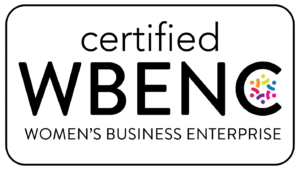Much has been said about the “Great Resignation” and the driving forces behind it. From pandemic induced self-actualization to the demanding Gen Z, numerous resignation reasons have surfaced. Collectively, these reasons point to what can best be described as “toxic work culture”.
In fact, Forbes names toxic work culture as the number one factor driving workers to resign. Toxic work culture is ripe with psychological hazards that negatively impact an employee’s well-being. Employees’ physical and mental health can be harmed as well as their overall productivity and engagement.
Typically, toxic work culture is thought to consist of bullying and harassment. According to Forbes, toxic work culture also includes things such as low pay, limited to no opportunity for career advancement, untrustworthy employers, and failure to reward achievement just to name a few components.
Remote work is not immune to toxic work culture. Software programs such as Hubstaff and TeamViewer enable the micromanagement of employees by providing managers with the ability to virtually observe an employee’s every keystroke. Many employees find themselves dealing with abusive managers and colleagues in isolation. The disconnect from being in-person can cause an individual to feel a greater degree of anonymity and therefore often ramps up bad behavior.
A few signs of a toxic work culture include:
- Abusive management. If managers engage in bullying or harassment, it signals that such behavior is tolerated. Eventually others will engage in similar behavior creating a toxic work culture.
- Fear is the norm. Employees don’t feel psychologically safe enough to raise issues, errors, or concerns to leadership. Employees fear the criticism or the retribution that comes with speaking up.
- Clarity and efficiency are lacking. Toxic work cultures lack the trust necessary to effectively collaborate and communicate. The result is a state of constant confusion and dysfunction.
For employees who find themselves in a toxic work culture, it is best to focus on what you can control. Also, build a team of allies who can support you in raising critical issues to leadership.
For employers who want to correct a toxic work culture, seek feedback from employees. To gain genuine feedback an anonymous system for collecting employee feedback may need to be implemented. Use it to implement changes that will create a positive workplace.
How do you maintain a positive work culture? Let us know in the comments below.
Make it a great day!








